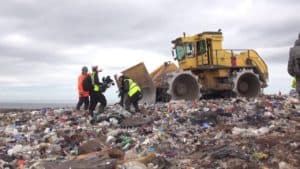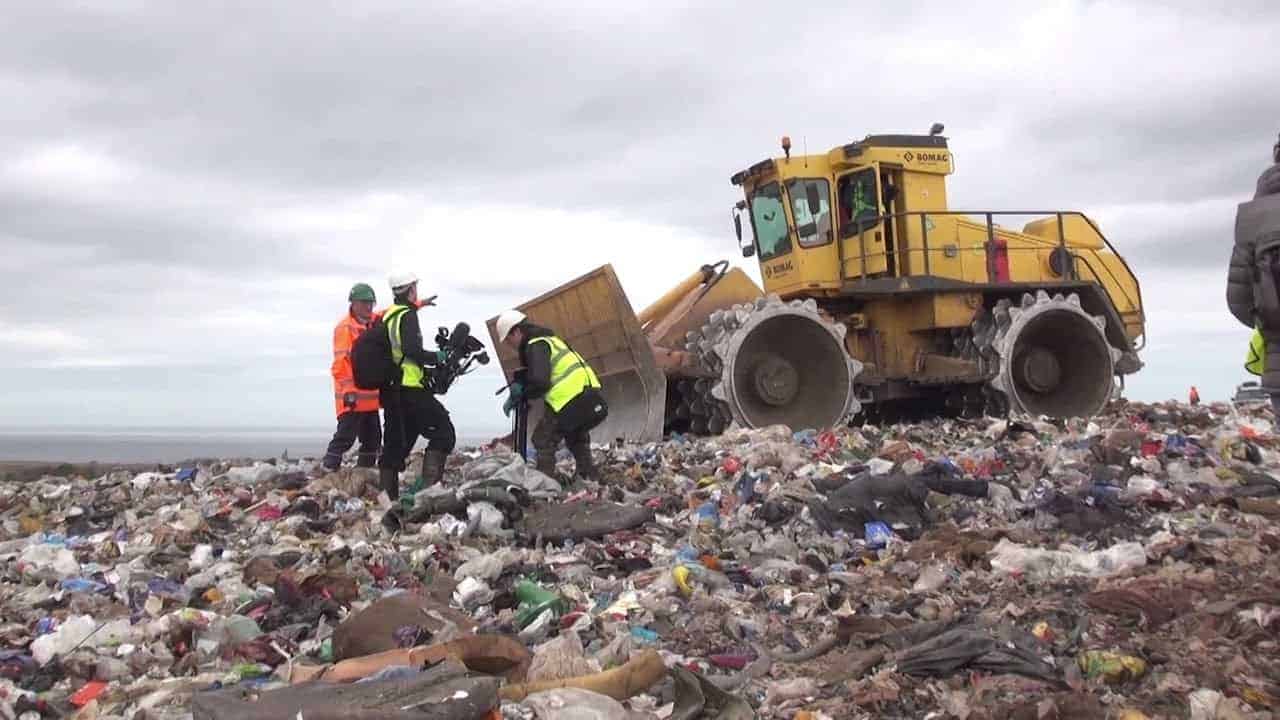Post-consumer waste packaging is the discarded packaging at the end of a consumer product’s lifecycle, after the product has served its intended use, e.g. bottles, toilet roll tubes and empty yogurt cartons. It does not include manufacturing waste material. Post-consumer waste packaging is either recycled, sent to landfill or incinerated.
What is pre-consumer waste packaging?
Pre-consumer waste packaging (also known as post-industrial waste) is waste material that is generated during the production process of a product, and is diverted as waste before the consumer uses the product. Examples include trimmings from paper manufacture, chemicals, spare metal from car production and defective aluminium cans. Most pre-consumer waste packaging is incinerated or sent to landfill.
The environmental impact of pre- and post-consumer waste packaging
The environmental impact of incineration and landfill is substantial. Creation of landfill sites results in habitat loss and introduction of creatures that feed on refuse, such as crows and rats. Rotting waste releases greenhouse gases such as methane and carbon dioxide which absorb heat and contribute to climate change. In addition, toxins leak into the earth affecting plants and also leak into groundwater over time, affecting pond and river biodiversity as well as polluting human water supplies. A little-known fact about landfill is that fires are common due to the production of toxic gases, which can lead to further habitat destruction. Air quality near landfill sites is poor and effects on public health can include gastrointestinal problems, respiratory conditions, headaches and fatigue – especially in children.
Similarly, incineration of waste produces toxins that affect air quality and have a detrimental impact on public health, e.g. increased risk of cancer and respiratory diseases. Incineration has a greater impact on air quality than landfill.

Recycling of post-consumer packaging waste is sub-optimal
Recycling of post-consumer packaging waste is not as high as you would think; improvements in both sorting and collection systems are still required. Increasing waste recycling (particularly plastics) is a key milestone in current European environmental policy, with the aim of:
– Lowering greenhouse gas emissions (incorporating recycled high-density polyethylene or polypropylene into packaging can substantially lower its carbon emissions)
– Reducing dependency on fossil fuel (almost 100% of plastics are produced from chemicals derived from fossil fuels)
– Decreasing the detrimental impacts on biodiversity of the planet (we are all aware of the terrible impact of single-use plastics on our oceans)
Why post-consumer recycled packaging is the future
There is an ongoing shift in behaviour from just producing packaging that can be recycled, to creating packaging from recycled (rather than raw) materials. Post-consumer recycled plastic packaging has been used, recycled and repurposed into reusable material.
Post-consumer recycled packaging reduces your company’s environmental impact as well as making your brand more attractive to today’s consumers by aligning with their values. Many people aren’t aware that generating packaging from recycled materials is greener, e.g. manufacturing recycled paper actually uses less energy, uses less water and emits less carbon dioxide than when paper is manufactured from wood. Many companies are starting to incorporate the principles of circular economy into their packaging manufacture, i.e. using closed-loop production systems that replenish nature instead of degrading it.
How does the plastic packaging tax affect non-post-consumer waste packaging options?
On the 1 April 2022, a new tax will be introduced in the UK that will affect businesses that manufacture or import over 10 tonnes of plastic packaging per year. The Plastic Packaging Tax will apply to packaging that contains less than 30% recycled material: in this context, ‘recycled material’ must be from either pre-consumer or post-consumer plastic waste. Companies will have to pay a levy of £200 per tonne applicable to plastic packaging they have imported or manufactured.
Post-consumer waste shrinkwrap packaging
At Kempner we offer a wide range of greener shrinkwrap films including shrinkwrap that is biodegradable, recyclable and/or compostable, made from renewable materials e.g. up to 51% sugarcane. We also have ultra-thin shrinkwrap which uses less material than standard shrinkwrap therefore creating less waste if it isn’t recycled.
Kempner are here to help with your packaging needs
Please get in touch if you would like more information about sustainable packaging. We are very happy to advise on greener packaging options that best suit your needs, including the most efficient and economical shrinkwrap machines in the United Kingdom.


